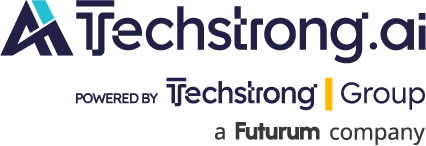
Atlassian today revealed it has more deeply embedded its Rovo artificial intelligence (AI) technologies across its portfolio in addition to committing to next year adding support for the Model Context Protocol (MCP) to provide integrations with a wide range of third-party applications and services.
Announced at the Atlassian Europe 2025 conference, Atlassian also unfurled Canvas, a workflow framework with the chat interface for Rovo that makes it simpler to create, edit, and refine projects without hopping between tools.
Additionally, Atlassian is also providing its Studio framework for building Rovo AI agents, an automation framework along with fine-grained permissions, analytics, version control tools, access to logs and the ability to test AI agents in real-world conditions before they are deployed.
The Rovo AI agent now has personal memory, which enables AI agents to remember personal preferences and past interactions.
Finally, Atlassian also announced that it will soon make available desktop and mobile versions of Rovo as part of an effort to make AI pervasively available to all customers.
The goal is to embed AI into every Atlassian application at a cost of $5 per user. For example, the Jira project management application provided by Atlassian now has a search capability that is enabled by Rovo, says Atlassian CEO Mike Cannon-Brookes.
Rovo is also already included in Jira, Confluence and Jira Service Management subscriptions, and will soon be added to Focus, Bitbucket, Home, Talent and Jira Product Discovery subscriptions.
All AI applications built using Studio are built and deployed on Forge, a platform that Atlassian makes available as a cloud service that includes Teamwork Graph, an embedded framework that enables AI agents to be integrated with Atlassian applications.
Atlassian reports that since Rovo became available, more than 2.4 million business workflows that have AI capabilities have been created on its platform. Most of those workflows are extensions of existing processes that have been augmented using AI, says Cannon-Brookes. “AI is now part of the fabric of everything,” he says.
Each organization will need to determine to what degree to embed AI into workflows, but it’s already becoming apparent that every application will soon have AI capabilities embedded within it. While many organizations are building custom AI applications, AI capabilities embedded with applications are likely to have a more profound impact, especially as they are integrated with external data sources that make it possible for AI agents to access other applications.
The challenge and the opportunity now, of course, is to determine which workflows to augment using AI. There are, undoubtedly, millions of processes that today require some level of manual effort that could be automated using AI agents. At this point, it’s not so much a question of whether organizations will embrace AI to automate workflows as it is prioritizing the processes where AI is likely to have the biggest impact. Ultimately, however, it will be up to each end user to identify what tasks to assign to what will soon be a small army of AI agents that will also appear to be anxiously awaiting their next orders.

